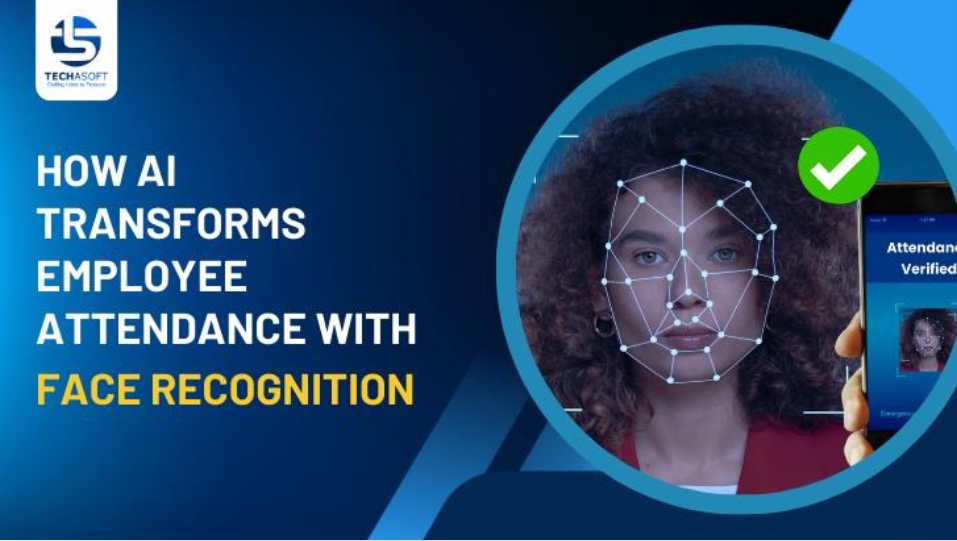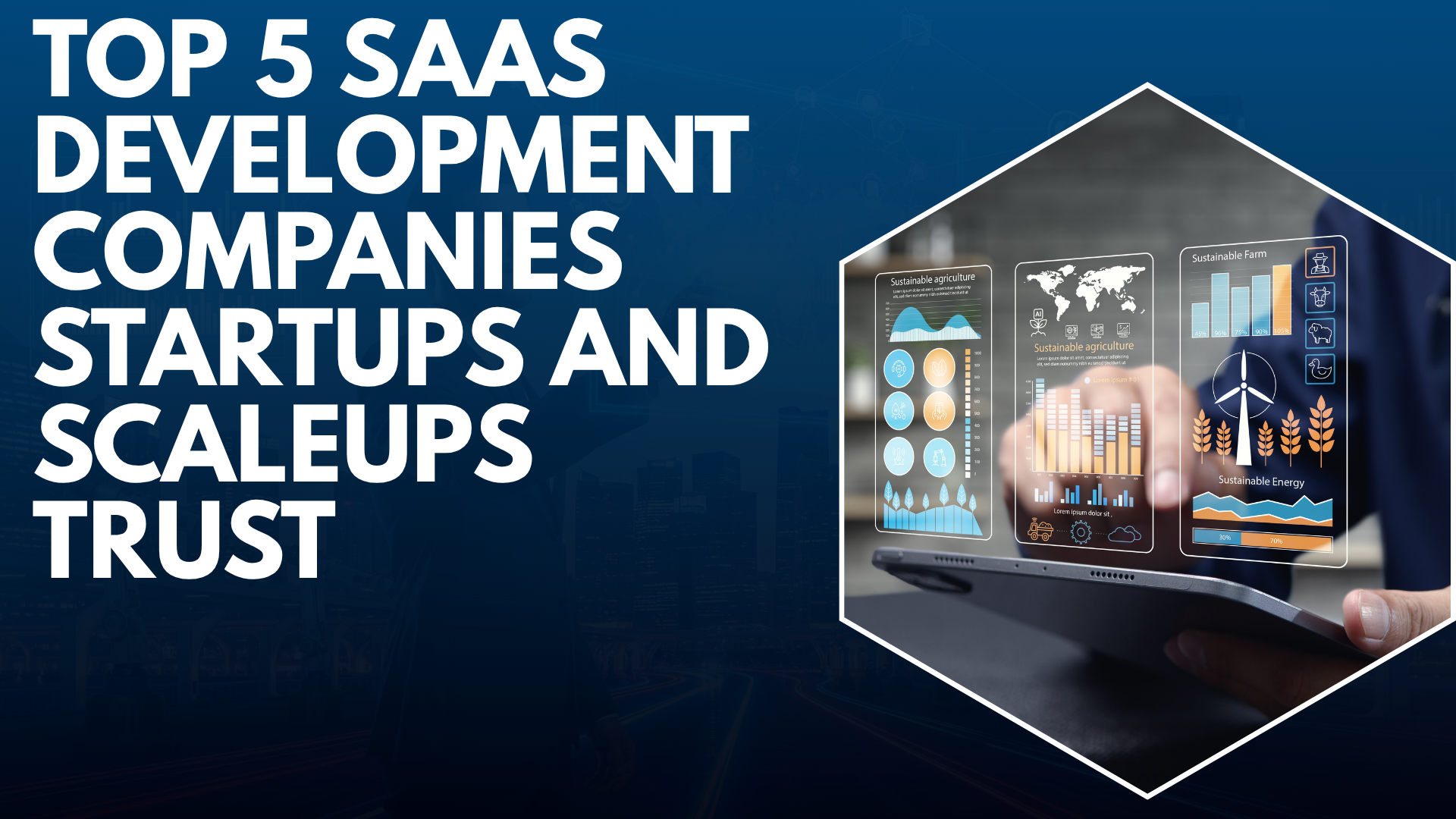As we progress deeper into the digital era, organizations around the globe are adopting Artificial Intelligence (AI) technologies to automate workflows, improve efficiency, and create smarter offices. The ability of AI to automate tracking of employees’ attendance through face recognition technology is one of the most astonishing changes it has brought to the business world.
Those days of punching cards, signing attendance records, or scanning ID badges are a thing of the past. With AI-enabled face recognition software, businesses can now monitor attendance smoothly, accurately, and safely. This technology not only reduces administrative burdens but also creates a more open and streamlined workplace culture.
In this comprehensive blog, we’ll explore how AI-driven facial recognition is revolutionizing attendance tracking, its benefits, challenges, real-world applications, and the future of this technology in workforce management.
The Evolution of Attendance Systems
To understand the impact of AI face recognition, it’s important to look at how attendance management has evolved over the years:
1. Manual Registers – In the early days, organizations maintained physical attendance registers where employees signed in and out. These were prone to human error, manipulation, and inefficiency.
2. Punch Cards – Mechanical time clocks allowed employees to “punch in” and “punch out.” Although an improvement, it was still vulnerable to misuse (buddy punching).
3. Biometric Systems (Fingerprint/ID Cards) – The rise of biometric technology introduced fingerprint scanners and RFID-based ID card systems. These reduced errors but still came with limitations such as hygiene concerns (especially post-pandemic) and card loss.
4. AI-Powered Face Recognition – Today, cutting-edge AI algorithms enable facial recognition attendance systems that identify employees in real-time with high accuracy. This is contactless, secure, and resistant to fraud.
This evolution highlights how organizations have consistently sought more reliable, efficient, and secure attendance management systems—culminating in the rise of AI-driven face recognition.
What is AI-Based Face Recognition for Attendance?
Face recognition attendance systems use AI and computer vision algorithms to capture and analyze the unique facial features of employees. By comparing these features against stored templates in the database, the system can accurately identify and log attendance in real-time.
The process typically involves:
1. Face Detection – Identifying and locating a face in the camera’s field of view.
2. Feature Extraction – Mapping unique facial landmarks (distance between eyes, jawline, nose shape, etc.).
3. Face Matching – Comparing extracted features with pre-stored employee profiles using AI models.
4. Attendance Logging – Automatically marking attendance when a match is found.
The system can also integrate with HR software, payroll systems, and employee management tools, making attendance tracking part of a larger ecosystem of workforce management.
Benefits of AI Face Recognition in Employee Attendance
1. Enhanced Accuracy
Traditional systems often fall prey to human error or manipulation. Face recognition minimizes inaccuracies by automatically verifying identities with a precision rate exceeding 99% when backed by strong AI models.
2. Contactless & Hygienic
Unlike fingerprint scanners or ID cards, facial recognition is completely touch-free—an important advantage in the post-pandemic era where hygiene and safety are critical.
3. Eliminates Buddy Punching
“Buddy punching,” where one employee clocks in for another, costs businesses billions annually. With AI-based recognition, this malpractice becomes impossible since facial identity cannot be duplicated.
4. Time-Saving
Employees don’t need to queue up to scan ID cards or fingerprints. A quick face scan takes less than a second, ensuring smooth entry and exit.
5. Seamless Integration
Most modern AI attendance systems integrate with payroll, HRMS (Human Resource Management System), and project management platforms, making workforce data holistic and actionable.
6. Improved Security
Apart from attendance tracking, face recognition systems can also double up as access control tools—restricting unauthorized entry and strengthening workplace security.
7. Real-Time Insights
Managers can access live dashboards showing who is present, absent, or late, and generate detailed reports for performance evaluation.
8. Cost-Effective in the Long Run
Although the initial installation may require investment, AI systems reduce administrative costs, fraud, and inefficiencies, providing long-term ROI.
How AI Enhances Face Recognition Systems
AI is the backbone of face recognition technology. Here’s how it powers attendance systems:
1. Deep Learning Algorithms – Neural networks trained on millions of faces improve recognition accuracy even in challenging conditions (poor lighting, partial obstruction, different angles).
2. Real-Time Processing – AI models can process video feeds instantly, enabling live attendance marking without delays.
3. Continuous Learning – AI systems learn and adapt over time, becoming more accurate as they encounter new variations (hairstyles, glasses, aging).
4. Spoof Detection – Advanced AI algorithms can differentiate between real faces and photos/videos, ensuring no fraudulent check-ins.
5. Scalability – Whether a company has 50 employees or 50,000, AI-powered recognition can handle the scale without compromising efficiency.
Applications Across Industries
AI-driven attendance systems are not limited to offices—they are finding applications across diverse sectors:
1. Corporate Offices – Automating attendance for large teams and integrating with payroll systems.
2. Manufacturing & Warehouses – Tracking shift workers efficiently, even in environments where ID cards or fingerprints may fail.
3. Healthcare – Ensuring healthcare professionals’ presence in critical roles while maintaining hygiene with contactless scanning.
4. Educational Institutions – Universities and schools use face recognition to monitor student attendance, prevent truancy, and ensure campus security.
5. Construction Sites – Managing attendance of on-site workers who may not always carry ID cards.
6. Retail & Hospitality – Tracking staff attendance and integrating with shift scheduling systems.
Challenges of AI Face Recognition Attendance
While the technology is powerful, it’s not without challenges:
1. Privacy Concerns
Facial recognition involves sensitive biometric data. Organizations must comply with data protection regulations like GDPR to ensure ethical use.
2. High Initial Costs
Deploying cameras, servers, and AI software may be expensive for small businesses. However, cloud-based solutions are making it more accessible.
3. Bias & Accuracy Issues
If AI models are trained on limited datasets, they may show bias towards certain demographics. Continuous training on diverse datasets is essential.
4. Infrastructure Dependency
Stable internet, quality cameras, and reliable servers are crucial. Poor infrastructure can affect system performance.
5. Employee Acceptance
Some employees may initially feel uncomfortable with face recognition due to privacy fears. Proper awareness and transparency are necessary for adoption.
Best Practices for Implementing Face Recognition Attendance
1. Choose a Trusted Vendor – Select solutions with proven AI accuracy, security compliance, and customer support.
2. Ensure Data Privacy – Store biometric data securely with encryption and limit access to authorized personnel.
3. Integrate with HR Systems – Ensure smooth integration with payroll and workforce management tools for maximum efficiency.
4. Conduct Pilot Programs – Test in smaller teams before rolling out across the organization.
5. Employee Communication – Clearly explain the benefits, security measures, and purpose to employees to avoid resistance.
6. Regular System Updates – Keep AI models and software updated for better accuracy and security.
The Future of AI in Attendance Management
The future of workforce attendance systems will go beyond simple face recognition. Here’s what lies ahead:
1. Multi-Modal Biometrics – Combining face recognition with voice or gait analysis for enhanced accuracy.
2. AI-Powered Predictive Analytics – Attendance data can be used to predict absenteeism trends, optimize staffing, and reduce productivity loss.
3. IoT Integration – Attendance systems connected with smart offices and IoT devices for a fully automated ecosystem.
4. Cloud-Based Solutions – More businesses will adopt cloud-hosted AI systems to reduce infrastructure costs.
5. Global Compliance Standards – Governments will introduce stricter policies for ethical use of biometric data, ensuring fairness and security.
6. Mobile Attendance Apps – Employees working remotely or in hybrid setups will be able to log attendance through secure AI-powered mobile apps.
Real-World Success Stories
1. Tech Giants – Several multinational corporations already use AI face recognition for seamless employee management across global offices.
2. Educational Institutions – Universities in Asia and Europe have reported reduced absenteeism after implementing facial recognition attendance.
3. Healthcare Organizations – Hospitals are leveraging this technology to ensure critical staff are present on time, reducing patient care risks.
Conclusion
AI-based face recognition is revolutionizing the way companies manage employee attendance, delivering precision, speed, and security never before seen. Though challenges like privacy issues and up-front investments are there, the payoffs in the long run far exceed the negatives.
With workplaces becoming smarter ecosystems, face recognition will be at the center of managing the workforce—enabling businesses to think less about administrative burdens and more about expansion and innovation.
With proper implementation, open communication, and a commitment to ethical standards, AI attendance systems have the potential to become a game-changer for businesses of all sectors.
















Post Comments